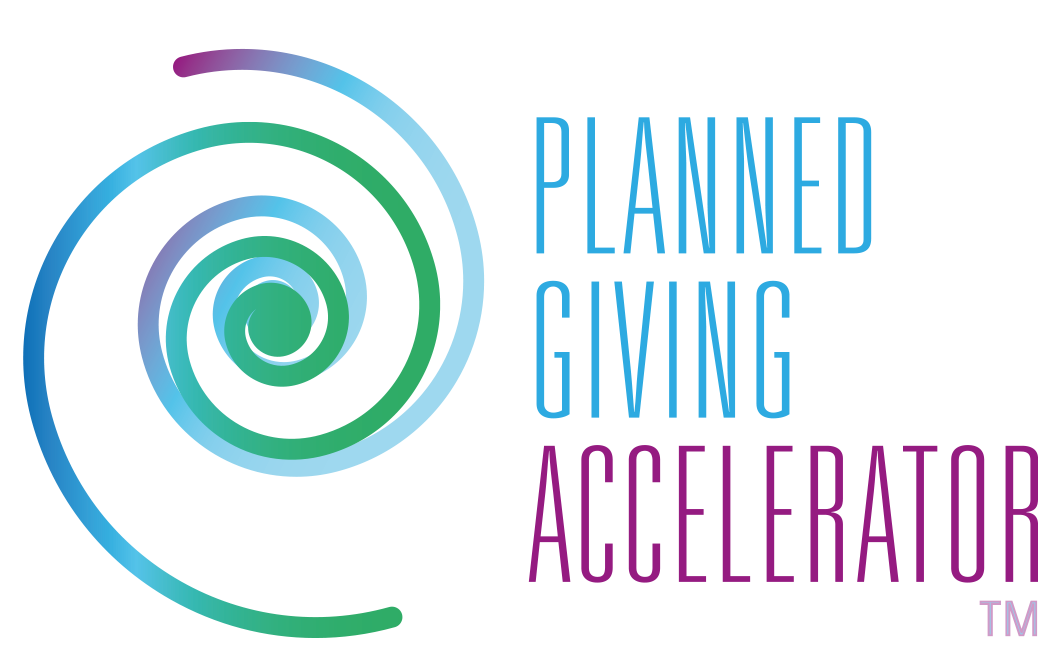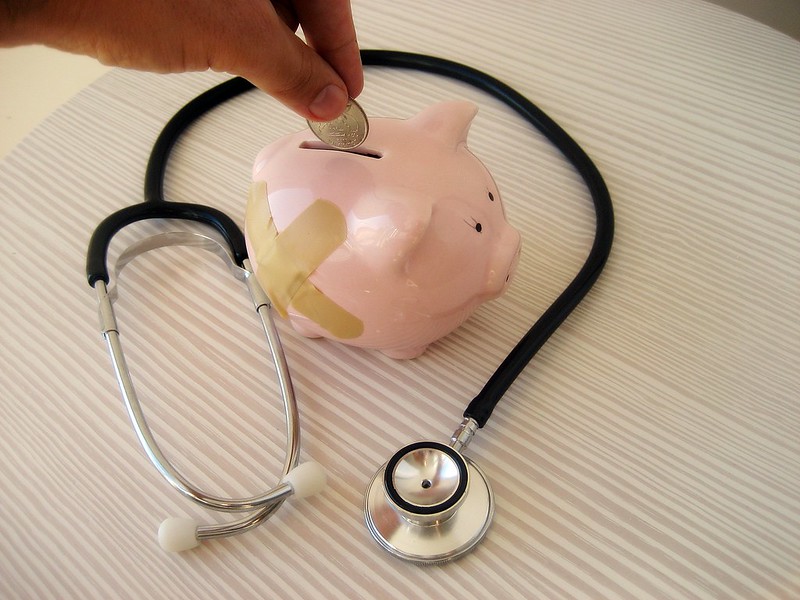
Flickr Creative Commons photo
Hospitals can hold a special place in people’s hearts.
This is especially true for those who have received extraordinary care during a major health scare – or have witnessed life-sustaining care delivered to a loved one or friend.
In these instances, we often build deep and lasting affinity to a hospital or other healthcare setting – and the desire to provide financial support so others will benefit for decades and generations to come.
Planned gifts, typically bequests in wills, activate and honor that affinity while helping secure your organization’s financial future.
Yet time and again throughout my career, I’ve seen hospitals and other providers largely miss out on the fundraising opportunity that Planned Giving presents.
A tale of two hospitals
Such was the case with two hospitals I worked with a few years back. With intervention, we changed courses together.
Each institution had occasionally received unexpected bequests after a former patient or committed donor had died. Yet each lacked a focused Planned Giving program to encourage consistent bequests.
The first lesson the hospital leaders learned when we teamed up was simple, but had been routinely overlooked: Just ask.
With our nation’s complex and fragmented health care system, a good portion of the public isn’t aware that many providers are nonprofits that rely to varying degrees on the goodwill of donors.
We launched targeted campaigns that clarified this, while also simplifying and streamlining the Planned Giving process. In short order, both hospitals started realizing a steady stream of bequest commitments.
Over the course of several years, we grew the programs together. We also developed robust recognition programs that honored donors who had committed to make their contribution to the hospital part of their enduring legacy.
Remarkable results
The larger hospital received close to 200 bequests over 5 years, while the smaller one generated about 75 commitments in 2 to 3 years. With the average planned gift in the U.S. about $35,000, those gifts made a sizeable and sustainable impact on the hospitals’ financial health.
Because of this success, the larger hospital decided to hire a full-time in-house Planned Giving director, while the smaller one created a position in which Planned Giving was a top priority among other fundraising responsibilities.
Amid the Covid-19 crisis, hospitals and other providers are dealing with an unprecedented challenge to their patients’ health. This strains their financial health and calls long-term stability into question.
Planned Giving offers an effective, long-lasting cure to help assure patients and communities get the care they need for decades and generations to come.


